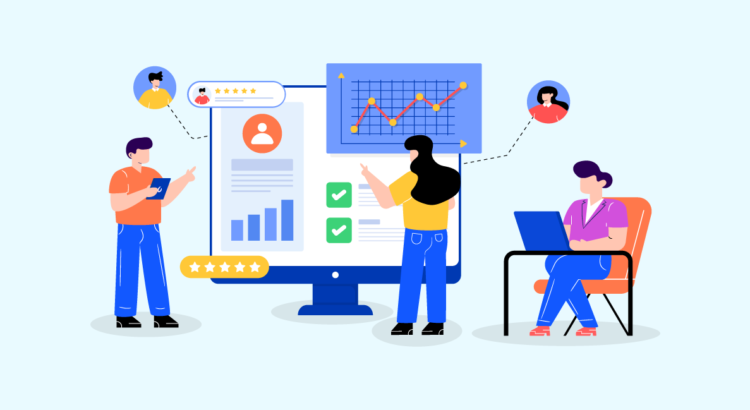Angular 2 is an open-source framework mostly used to create web apps, single-page web applications, & hybrid apps. Angular is made on TypeScript, maintained and developed by Google. It is a complete tool kit that has everything designers need to make large-scale applications. No wonder it increases popularity: leading industries, such as Xbox, BMW, Forbes, and a lot more select Angular over React for the front-end development.
Projects built with Angular:
- Samsung Forward
- Forbes
- Microsoft Office Home
- BMW Driveaway Price-Calculator
ReactJS or React was established by Facebook as front-end Java-Script library to build user interfaces (UI). It uses a declaratory style of programming to explain the UI state. React permits the programmers to figure-out how their application will look for users as well as how they will interact with it. React is even used to build web apps, and native-rendered apps, and also mobile apps.
Angular vs React.js – Tech Side
Performance & DOM – Both Angular and React are great for the front-end development. Plus, they do uniformly well when it is about building large-scale applications. However, there is a huge difference between Angular & React. React.js use virtual DOM (Document Object Model – permits accessing & changing the document contents, structure and layout). Whereas Angular 2 functions on real DOM.
Data binding – Data binding is synchronizing data between UI and business logic. The distinction between Angular & React.js is that Angular 2 uses both one- & two-way data binding; altering data impacts view as well as changing view triggers alterations in data. React uses one way binding. One-way data binding makes the code steadier, as well as also makes debugging an application build with React vs Angular app much easier. Still, the one two-way binding of Angular is easier to work with & makes the framework more adaptable.
Component Architecture – Generally, both React.js and Angular come with strong ecosystems. React is easy to grasp, however it needs multiple integrations such as Redux to use its potential completely.
Bundle size – The smaller the file, the quicker it loads. The sooner it loads, the higher the ranking will be and, eventually, the conversion rate and margin. Angular resolves this problem by not comprising the whole bundle of Angular framework in user’s app. For ReactJS, it is the use of webpack, tree shaking and dynamic imports that decrease the size of the bundle.
Backward Compatibility – The probability to update architecture for adding new libraries and modules is significant for every developer. React is a library, and has complete backward compatibility. You can add diverse releases of libraries to the app as well as update the old ones. Hence React is considered better than Angular.
If you plan to stepwise improve the project by adding innovative features, React could be the best choice because it has an absolute backward compatibility.





